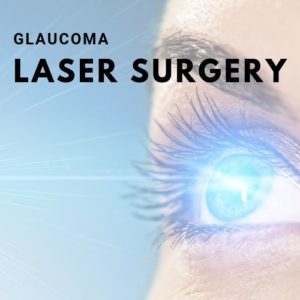Laser Surgery for Glaucoma | SLT Part 1


Selective Laser Trabeculoplasty (SLT) is a procedure used to treat open-angle glaucoma in which a low-level laser is aimed at spots in the eye’s trabecular meshwork to create larger drainage openings to lower eye pressure. The “trabecular meshwork” is the part of the eye which drains the internal fluid, or aqueous humor. It is located internally where the iris and cornea come together.
While there are many different types of glaucoma, open-angle glaucoma is the most prevalent form in the United States. For reasons not fully understood, the structures of the eye are normal, yet the eye pressure is often elevated in open-angle glaucoma.
The procedure has been used for more than 25 years and has proven to be an effective treatment for open-angle glaucoma. On average the procedure can lower eye pressure by 20 to 30% and is successful in reducing eye pressure in about 80% of patients.
How does it work?
The procedure is called “selective” because it targets only pigmented trabecular cells. In other words, the pigment (melanin) in the targeted cell will absorb the laser energy, but the surrounding non-pigmented tissue will not, so only those selected pigmented cells are affected.
The laser causes chemical and biological changes in pigmented cells of the trabecular meshwork. The eye’s intraocular pressure (IOP) decreases as a result of those changes.
The treatment’s effects can last 3 to 5 years.
What happens after the effect of SLT wears off?
SLT can be repeated after the IOP-lowering effects wear off. However, a repeated procedure may not lower the IOP as much as the first procedure. If a second procedure does not lower IOP sufficiently, glaucoma eye drops, or pills can be used.
Read more
Part 1: Glaucoma Laser Eye Surgery | SLT Part 1
Part 2: Selective Laser Trabeculoplasty | Part 2


